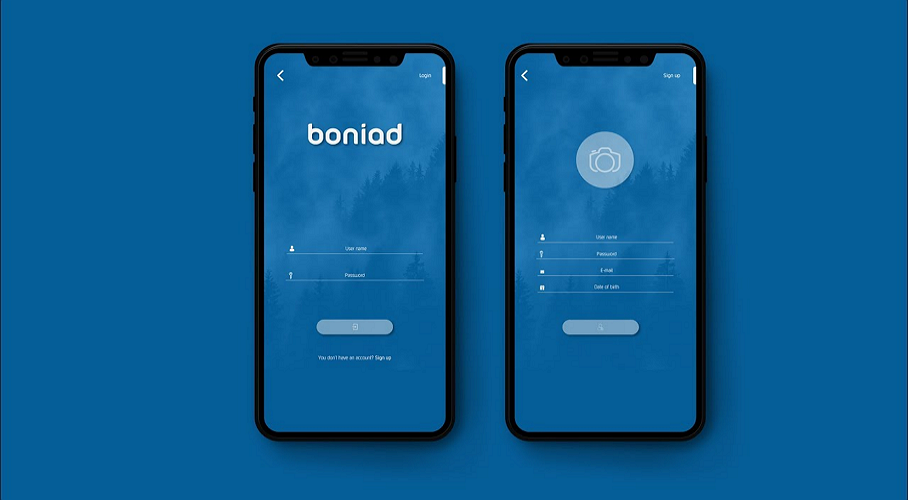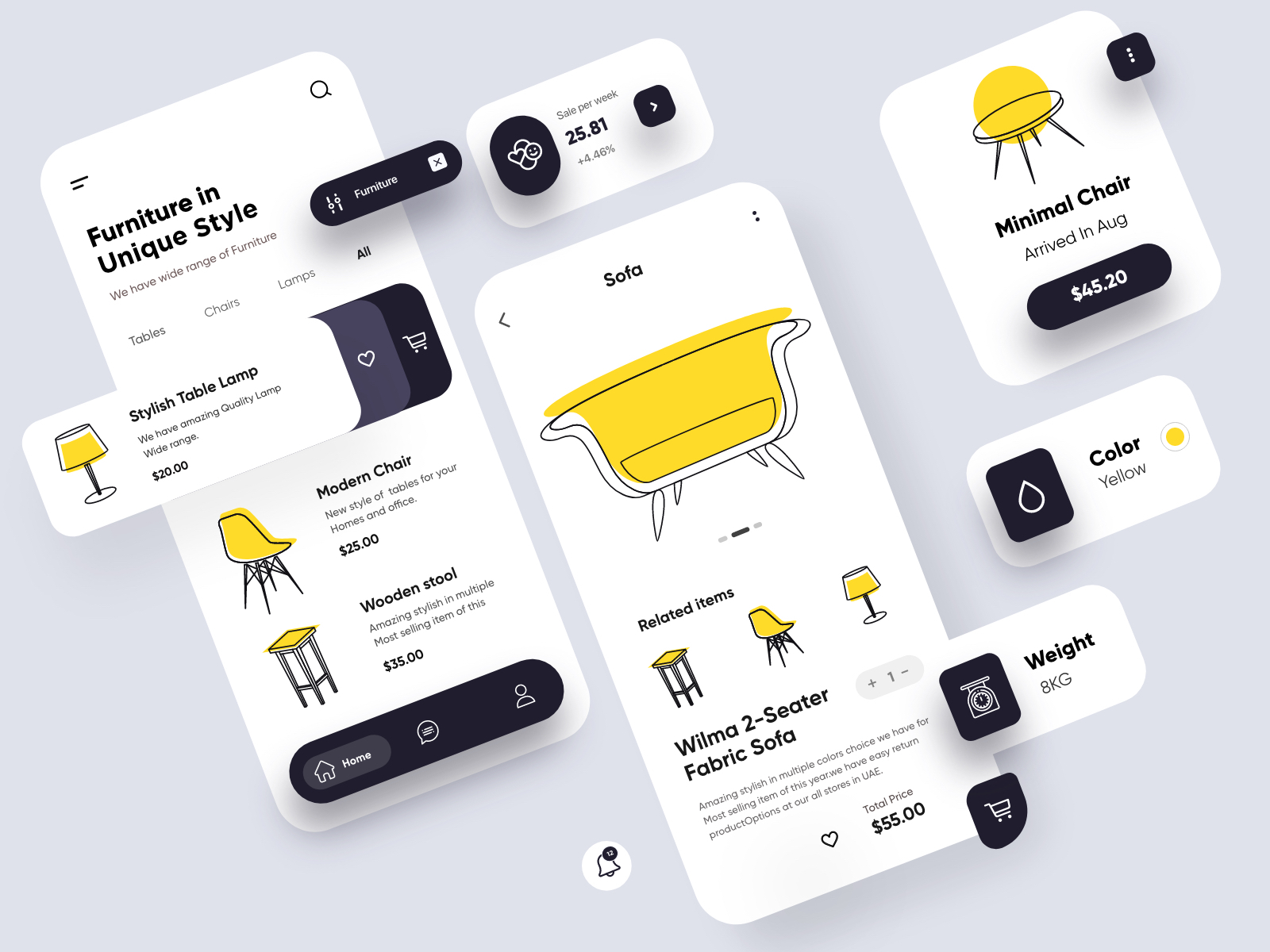

Let users continue where they left off and so they can switch easily between mobiles and desktops.

Use skeleton screens to reassure that the system is executing background actions. Offer obvious search features (e.g., a magnifying glass). Include alternative input mechanisms (e.g., voice-controlled).Īllow minimal, one-directional scrolling.

Pre-fill or minimize required data inputs on forms. So, design to offer maximum effect for minimum interaction/effort. Users become frustrated when they must continuously tap buttons. Indicate when the user has activated them. Consider how far users can comfortably reach.Ĭlearly show links. Use full-screen navigation menus, minimum navigation levels and clear labeling, including tabs/icons and graphics. Consider progressive disclosure.Ĭreate 30x30-pixel/7–10-mm (minimum) buttons/tabs. Therefore:Īim for easy-to-use, easy-to-learn/self-evident navigation. Most users use one hand fingertips can be large. Most users prefer to use their phone in portrait mode, so make sure you design for limited width. Keep page descriptions short for bookmarks. Include card-style design patterns to easily show actionable content. Compress information into icons where appropriate.Ĭalm pages and complement/frame content with whitespace. Use color and contrast to maximize visibility.īeware of clutter – every element must count. Keep images (including embedded ones) to a minimum, and small. Also, 94% of mobile users use portrait mode, meaning less width to work with. “Perfection is achieved when there is nothing left to take away.”Īntoine de Saint-Exupéry, writer and aviatorĭesign for minimal page-loading times (less than three seconds) and cognitive load. In any situation, users must be able to quickly find what they want, and that includes reassurance that your brand is what they expect it to be.
#UI UX APPS HOW TO#
Then, you’ll have to decide how to present them best. So, you’ll need to choose carefully which features are vital. It’s important to focus on context, convenience, conciseness and consistency. You should follow web standards (W3C’s) and support as many browser types as possible. You usually design for the smallest device, working upwards (smartphones to tablets, etc.). When you design for mobile, you must first decide whether to create a single design that adjusts to all devices or several versions tailor-made for screens of various sizes. How to Streamline Experiences for Users On the Go Local – they use devices to see what’s happening around them.īored – e.g., they surf newsfeed links while waiting. Microtasking – they use devices in short, intense spurts – e.g., to buy tickets. Typically, mobile users find themselves in three scenarios: These users often walk while thumbing devices in potentially dangerous settings – for instance, to explain they’ll be late for work from a train station. Signal and power loss are frequent worries. Users want results fast, with minimal effort and zero friction. We also tailor experiences to match mobile environments. So, we must create designs where we make the best use of smaller screens and cater to human physical limitations such as fingertip size. They don’t have miniaturized desktop experiences or any of the advantages desktop users enjoy. Designers had targeted desktop users as the mainstream, but mobile users suddenly became the online majority. The importance of mobile UX design grew dramatically in 2014. Designers focus on accessibility, discoverability and efficiency to optimize on-the-go interactive experiences. Designers create solutions (typically applications) to meet mobile users’ unique requirements and restrictions. Mobile UX design is the design of user experiences for hand-held and wearable devices.


 0 kommentar(er)
0 kommentar(er)
